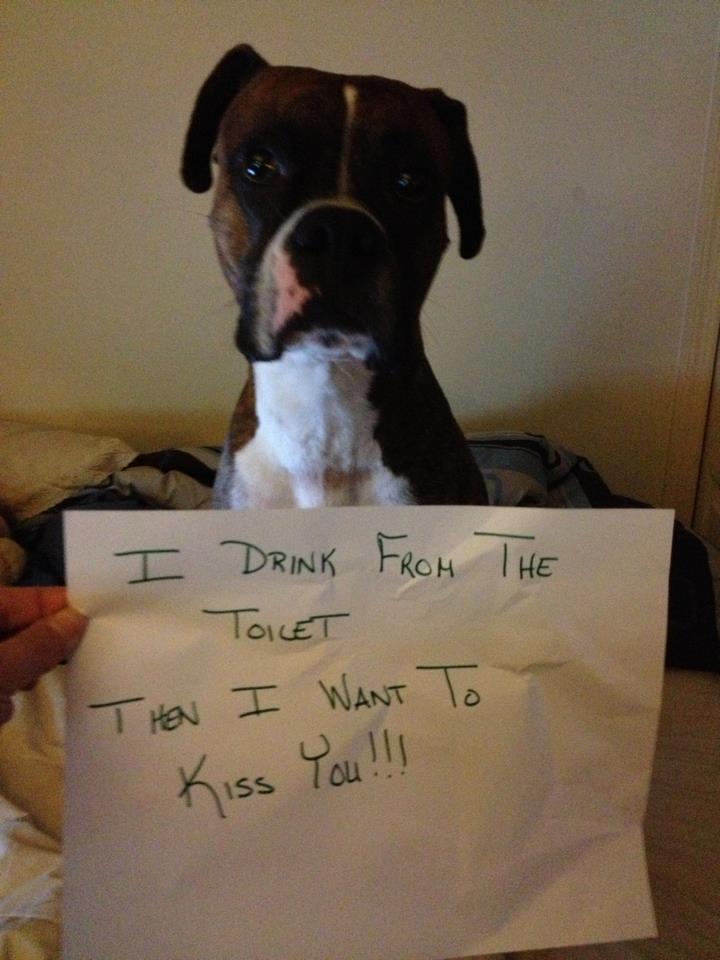I have three things to say about this.
Wastewater reuse in Wichita Falls has been in the works for years and would have happened with or without the drought. It was fast-tracked as the city deals with reservoirs that are only 25 percent full today. In addition, the Texas Commission on Environmental Quality — not known for being a particularly strict regulating agency — is currently on the defensive for delaying the city’s project by asking for more testing.
Several other Texas cities — San Antonio, Austin and Fort Worth among them — have been looking at such water reuse projects for decades, and some are hoping the plans might come to fruition in the coming years. Across Texas, treated wastewater is being used for everything from watering golf courses to making silicon chips.
Yet judging by the headlines on news reports about the Wichita Falls project, the city’s residents could be in for some sort of disgusting surprise.
“Brushing Teeth With Sewer Water Next Step as Texas Faces Drought,” read a Bloomberg News headline. National Public Radio wrote, “Drought-Stricken Texas Town Turns To Toilets For Water.” Most recently, NBC’s Today Show tackled the topic, with a reporter noting, “Some residents think it’s just plain gross.”
Bloomberg News noted that many people are concerned about water contamination, comparing the Wichita Falls project to the example of Oregon water officials flushing 38 million gallons from a reservoir after a teenager urinated into it. “We’re not drought-stricken Texas,” an official there noted.
On that note, remember all the people guzzling beer and floating in the water out on Lakes Travis and Buchanan, which supply Austin’s drinking water. No one is suggesting flushing those bodies of water or implying that residents of the capital city are brushing their teeth with sewer water.
1. Maybe I’m the weirdo, but I always assumed that much of our drinking water came from treated wastewater. I mean, wastewater has to go somewhere, and one way or another it’s going to wind up back in whatever river or lake or reservoir we use for potable water. Maybe it’s the number of steps between the two that makes the difference for some people, but I figure it’s all the same water anyway, so what’s the fuss about?
2. Of course, if the thought of drinking treated wastewater wigs you out, maybe we can talk about using it for agricultural or industrial purposes, or even just for watering your lawn. It really doesn’t make sense to dump almost a hundred billion gallons of drinkable water on grass and plants.
3. Besides, all of our water has been inside a dinosaur at some point, so why be squeamish about it now?


Duck pee, okay. Human pee, eeeeeek.
http://koin.com/2014/04/16/mt-tabor-reservoir-closed-possible-urination/
(Um, that’s why we TREAT the water.)
I like your idea to repurpose the treated sewage water to water lawns, but I can’t think of any cost effective way to actually make that happen, except for folks immediately adjacent to wastewater plants.
I spent a lot of time in the early80’s working on sewage treatment plant control systems. There is nothing inherently wrong with sending the water from the outfall of a properly run treatment plant back into the surface water sources of drinking water. The issue in Houston is that most of our treatment plants send their water into our bayous that flow to the bays, which makes it hard to capture.